Bell peppers, sweet peppers or just good old peppers, these vegetables are jam packed with nutrients. Red peppers contain 300% the daily requirement of Vitamin C — significantly more than oranges.
Botanically speaking, peppers are fruits. Most commonly they are referred to as vegetables when it comes to culinary purposes and speaking about produce.
Green bell peppers are the unripe stage of the vegetable. As it matures, it changes colour, first turning yellow, then orange, and then red. It may happen that this ripening does not always occur uniformly, thus some peppers may have multiple colours in the early ripening stages. It’s also interesting to note that as peppers ripen, the more nutritious they become. Their levels of vitamins and minerals increase with age.
A large red bell pepper contains 209 mg of vitamin C, whereas an average orange only contains 70 mg.
Bell peppers are a member of the Capsicum family. It is however the only member of that family that does not cause a strong burning sensation when consumed, such as the hot pepper varieties, chillies, habaneros or jalapenos.
Climatic and soil requirements
It is a warm season crop and does not like frost. The development of pepper crops decreases when the temperature drops below 12 °C. At 6 °C, the leaves die, and the flowers begin to fall. This can also happen when it is too hot with temperatures above 35 °C. If the temperatures between night and day fluctuate too much, it can reduce fruit quality and yield. Ideally, night temperature should be 16 to 18 °C, and daytime 25 to 28 °C. The germination of pepper seed is slow if soil temperatures are too low, but seedling emergence accelerates as the temperature increases.
Crops also need a good amount of light to ensure fruit formation. Hot peppers can withstand higher temperatures than sweet peppers.
The ideal humidity level for peppers is between 65 and 85%. It ensures effective pollen release and distribution, and prevent several foliar diseases. Suboptimal humidity can cause infertility, deformed or flat fruit, increased evaporation that causes wilting, and blossom end rot.
Bell peppers require fertile soil as vegetable production relies on nutrient levels of the soil. Plant roots need aeration to ensure good root formation. They do not perform well in clay soils, but sandy to loam soil is optimal. Peppers need to be well drained, at least up to a depth of 600 mm. Soil pH should be 5,6 to 6,8. Pepper fields should be as far away from tobacco plantings as possible to prevent the spread of viruses.
Uses
Bell peppers are usually used as an ingredient in salads, stews and other dishes. It can also be added to stir fries, but it can be eaten on its own as a healthy snack.
These vegetables can also be canned and used at a later date. To find out more, you can read the article about Processing of condiments Part 14: Pickled bell peppers in Issue 75 of ProAgri Zambia or on our website at www.proagrimedia.com.
Soil preparation
With bell peppers, the highest percentage roots will be found in the top 600 mm of the soil. Soil preparation benefits the plants by:
- Not restricting root development.
- Lowering the chance of compaction.
- Promoting oxygen in the soil.
- Reducing production costs.
- Increasing vegetative growth.
- Increasing tolerance to drought and stress.
- Lowering root disease prevalence.
- Improving water retention.
- Increasing uptake of moisture and nutrients.
The steps used in soil preparation will differ according to the soil composition. Use a fork or hoe to break up the clumps in the soil, making a fine seed bed. Prepare the soil to a depth of between 300 and 600 mm. Remove all stones and straw.
Make the seedbed 120 to 150 cm wide. Create ridges that promote good drainage and root oxygenation.
Remember to practice crop rotation.
Planting
Begin by sowing ten to twelve seeds 45 cm apart on rows that are 75 cm apart. You can thin out plants to only have two plants per stand when they are 8 to 10 cm tall. The seeding rate per hectare is approximately 100 to 200 g of seeds. You can also plant the seeds in seed trays and transplant it later like most commercial farmers do, as it reduces the need to thin out plants.
Directly sown peppers have a risk of being hampered by soil crust. When using trays in a greenhouse, seedlings are transplanted after 6 to 8 weeks when they are 150 to 200 mm tall.
Most peppers mature in 60 to 90 days, but hot peppers can take up to 150 days.
In general, pepper plants are more vulnerable to damage and environmental conditions than other crops such as tomatoes.
Fertilisation
The fertilising programme you will follow will depend on the soil type, pH and the nutrients in the soil.
Ideally, the soil’s nutrient breakdown should be as follows:

Split applications of nutrients can be used. On sandy soils lower dosages and more frequent split applications of topdressing are used.
Phosphorus should be applied before planting. Potassium fertilisers are applied during planting.
Pay attention to your crop because bell peppers are sensitive to calcium, zinc, manganese, iron, boron and molybdenum deficiency.

Peppers intended to be sold as coloured peppers are usually harvested at the colour break stage. (Source: pexels)
Irrigation
Waterlogged conditions for more than twelve hours can cause root rot. Water stress due to too little water also causes slower development. Flowering plants are likely to drop blossoms and loose fruit.
In sandy soil, more frequent light irrigation is adequate. Since clay soil does not drain well, heavier irrigation should be separated by longer intervals without irrigation.
The optimum amount of water is approximately 25 mm per week, or 50 mm in extreme hot or dry conditions.
It is best to avoid furrow irrigation asthis causes root rot and conditions thatencourage diseases. Drip irrigation may be an effective choice in arid regions.
Harvesting
Peppers are mainly sold in the green stage. All capsicum species are green when they are unripe, and change colour to match the genetic background only when fully mature. There are many colours on the market, but the main colours are red, yellow and orange. Not yet ripe fruits have a much longer shelf life so it is usually harvested at this stage. If intended to be sold as coloured peppers, they are harvested during the colour break stage.

Bell pepper roots do not grow too deep; they even do well in pots. (Source: pexels)
Pest and disease control
Aphids
Vegetables infested with aphids cannot be used for the market due to the honeydew secretions of the aphids as it is associated with sooty mould fungi. Most plants also show stunted growth and deformed leaves.
Aphid females can reproduce without mating with males. The insects are most active from mid-summer to fall, but weather changes also have an impact.
Control practices include good field and greenhouse sanitation, controlling weeds and destroying crop debris after the harvest.
European corn borer (Ostrinia nubilalis)
The larvae of the borer dig holes in the fruit. It leads to surface damage, premature ripening and a risk for fruit-rot pathogens. Sometimes the damage is not visible until the pepper is cut open.
Controlling the insects include ensuring pepper fields are as far away as possible from maize. Good weeding around the fields, destroying crop residue and ploughing the fields in the fall also help.
Mites
Damage from mite infestations is identified by curling leaves. They often turn brown, mostly on the bottom of the leave and become brittle. The peppers show a discoloured, uneven surface and can even be misshaped.
The most effective control is to ensure that there are no host plants from the nightshade family. Insecticides and miticides can also be applied.

Purple varieties of bell peppers exist in nature, but they are not as commonly produced as the other colours. (Source: Pixabay)
Thrips
Damage from thrips cause leaves to curl upward and become narrow. The underside of the leaves turn silver. The peppers show a discoloured, uneven surface and can even be misshaped.
Control measures include using resistant cultivars and mulching with plastic.
Disease control
Bacterial leaf spot (Xanthomonas campestris pv. vesicatoria)
Bacterial leaf spot (BLS) has the biggest economic impact on pepper production. Symptoms include leaf spots on the undersides of leaves. The wet areas become larger and turn to a purple-grey with a black centre. Eventually the leaves turn yellow and fall off. The peppers create blister-like damage that extend into the heart of the pepper. Any remaining fruit is burnt by the sun due to the lost foliage.
Control methods include planting a cultivar that is resistant and practicing crop rotation. All seeds need to be certified as disease free. Field sanitation is vital.
Drip irrigation may also play a role in the spread of the disease. Remember to destroy the debris after harvest.
Phytophthora blight (Phytophthora capsici)
The entire pepper plant can be infected with this virus. Symptoms include root rot, leaf blight and fruit rot. The peppers appear to be mouldy and cancerous.
Controlling practices include avoiding soil that drains badly. You can also plant disease-free seed and resistant varieties.
Powdery mildew caused by Leveillula Taurica
These symptoms show chlorotic spots on the upper leaf surface. The leaves sometimes show a white powder and it targets older leaves first. Eventually the leaves drop. Fungicides can be used to control he disease.
Damping-off caused by Rhizoctonia solani and certain Pythium species
This mainly affects young seedlings. It can prevent seedlings from emerging cause small seedlings to collapse. Undecomposed material in the soil and a lot of moisture enhances the severity of the disease. You can use registered fungicide to treat the plants.

A lovely green bell pepper and flowers. (Source: Pixabay)
Bacterial wilt
Pseudomonas solanacearum causes bacterial wilt. Older plants show wilting on lower leaves, and young plants show signs on upper leaves. After this, the rest of the plant quickly wilts. High rainfall and warm weather enhances its severity. Control with crop rotation is an effective method.
Bacterial soft rot is caused by Erwinia carotovora subsp. It affects harvested fruit, as well as wounds on by rainy conditions.
Control methods include harvesting dry fruit to reduce rot, and reducing damage during handling. Insecticides can help prevent wounds that can be infected.
Tobacco mosaic virus (TMV)
Signs of infection include peppers that show stunting, systemic chlorosis, mosaic patterns, necrosis and leaf drop.
Remove the virus from seeds by soaking them in a 10% solution of trisodium phosphate for two hours.
The information provided in this article is credited to the Agricultural Research Council (ARC)URC Vegetable and Ornamental Plant Institute (ARC-VOPI). For more information, contact +27(0)12-841-9611 or visit www.arc.agric.za.
Other sources:
Sweet pepper production guideline, Department of Agriculture, Forestry and Fisheries.
Sweet & Hot Peppers Production Guideline, Starke Ayres.

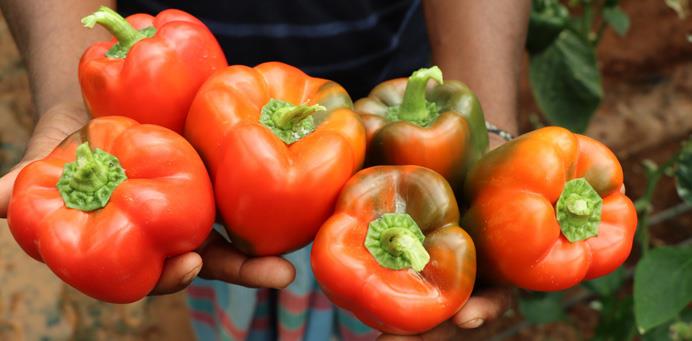
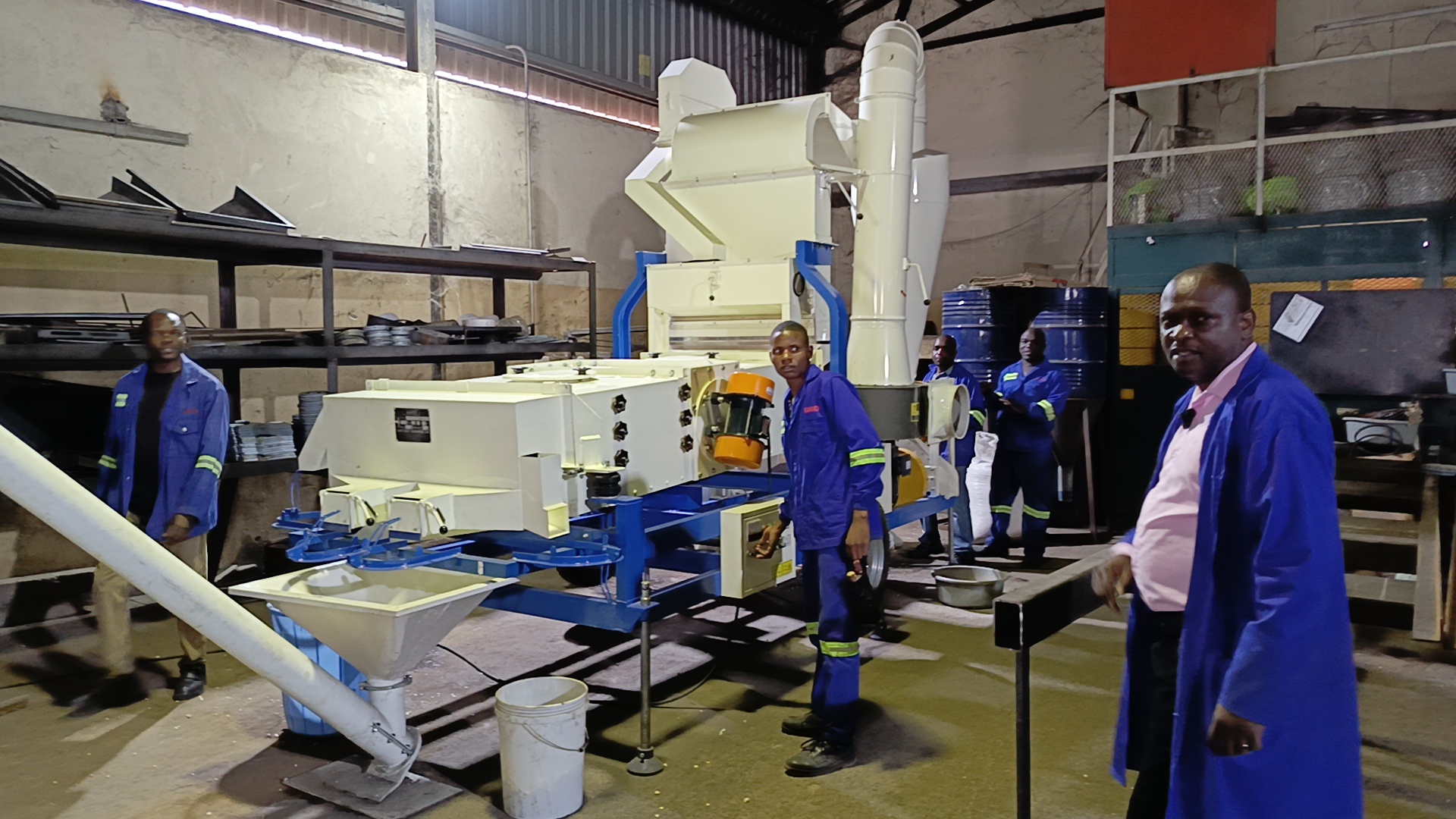

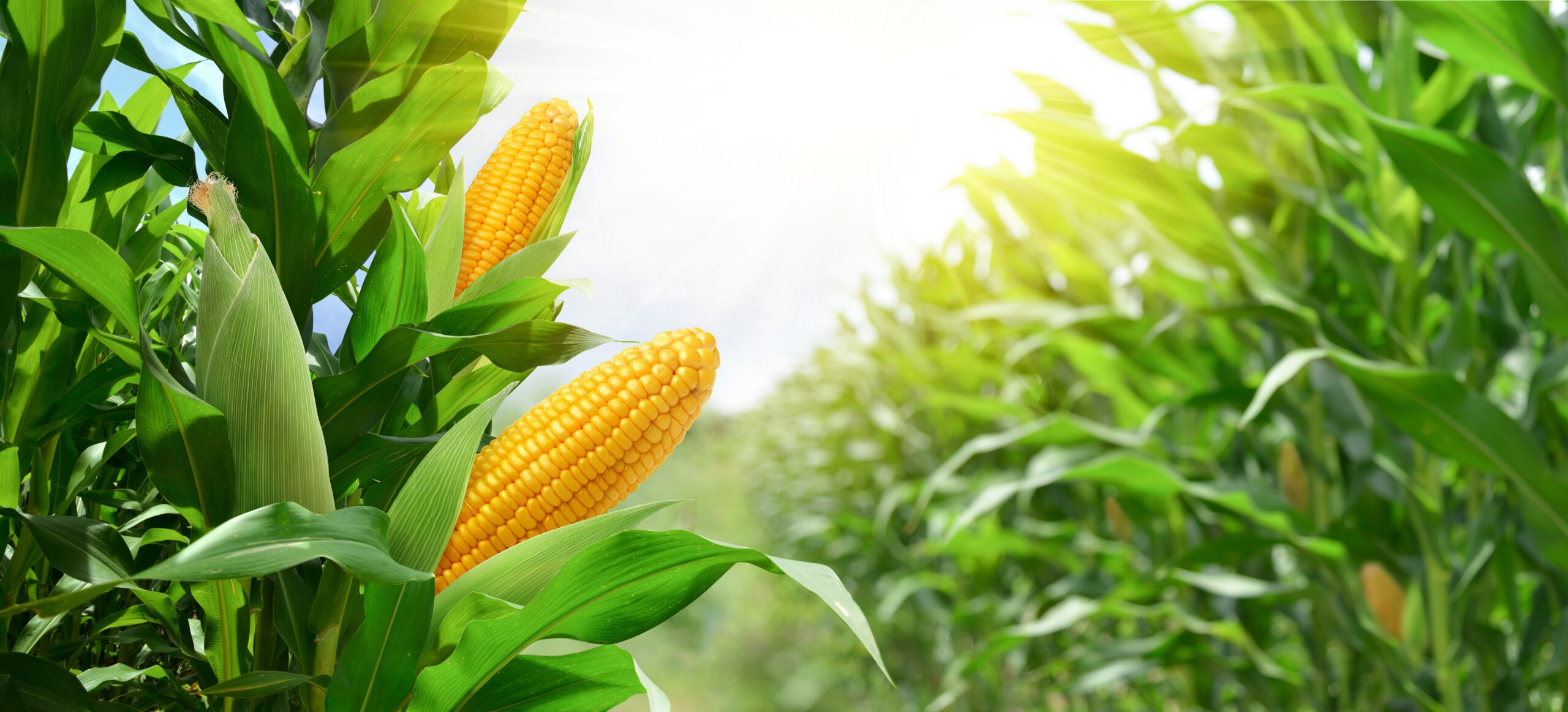
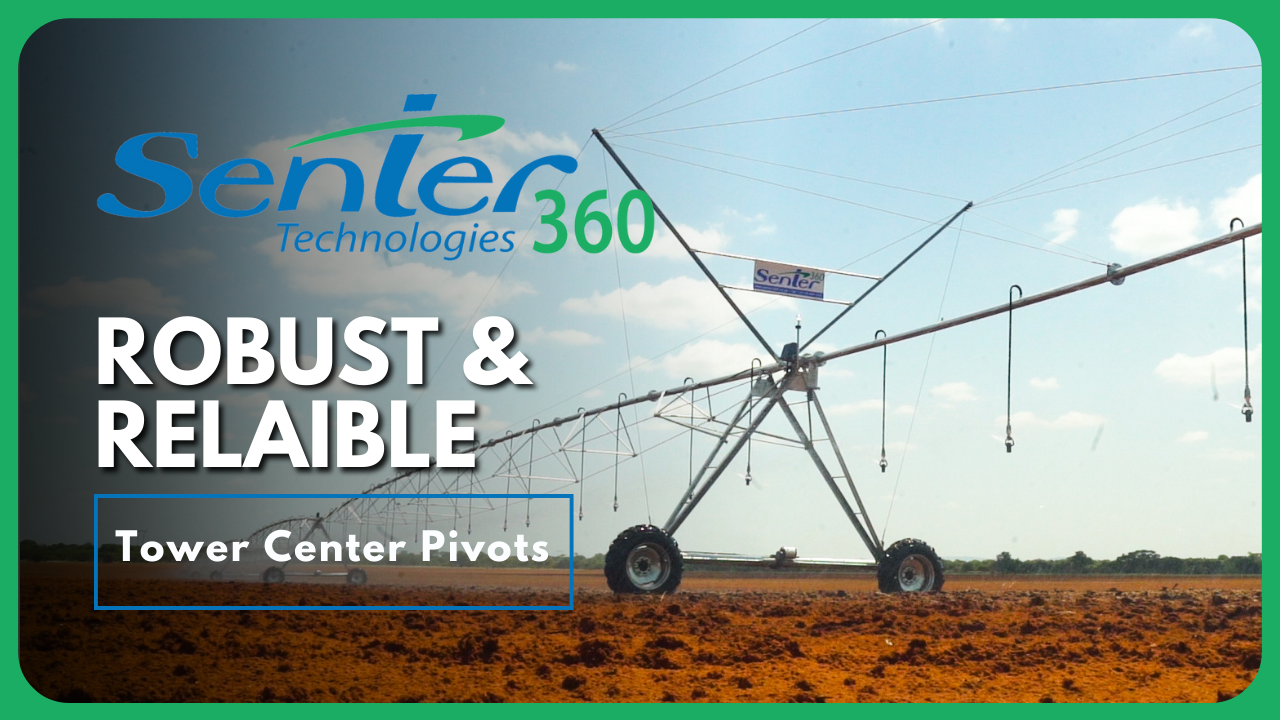



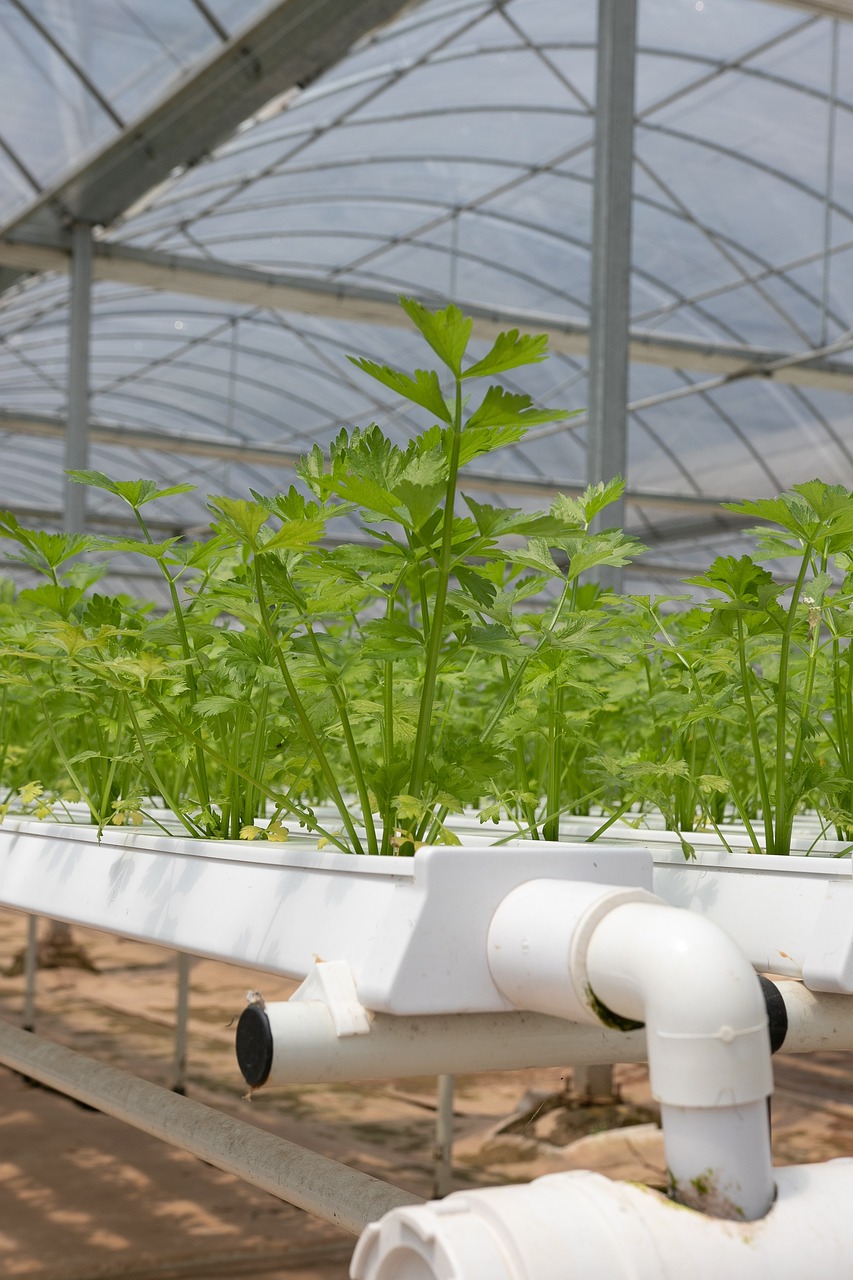
Greetings!! You have nice content.
This is completely untrue. Peppers don’t turn yellow then orange then red. Peppers alll start green and then either turn yellow, red or orange dependant upon the variety. They don’t go through all colours, they only ripen to one colour.